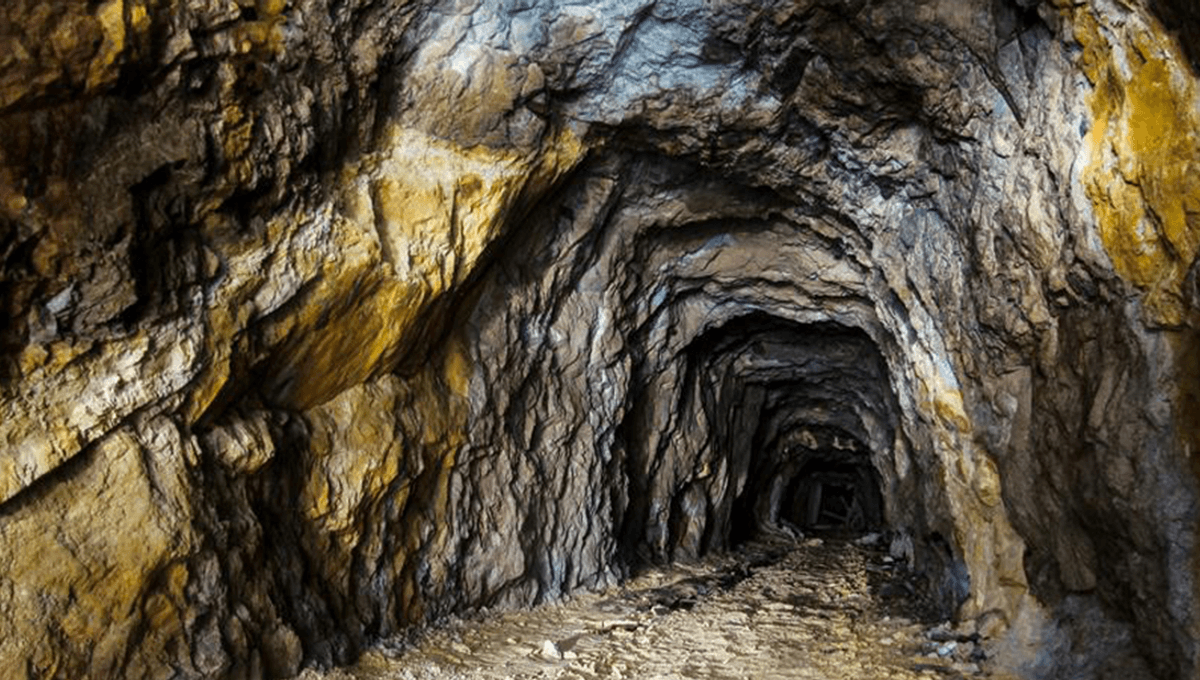
Long before humans began creating nuclear reactors to fulfill our ridiculous energy needs, back when the Earth was dominated by microbes, in fact, nature beat us to it and built the first nuclear reactor on Earth.
In May 1972, a physicist at a nuclear processing plant in Pierrelatte, France, was conducting analysis on uranium samples when he noticed something pretty strange. In usual uranium ore deposits, three different isotopes are found; uranium 238, uranium 234, and uranium 235. Of these, uranium 238 is the most abundant, while uranium 234 is the rarest. Isotope 235 makes up around 0.72 percent of uranium deposits, and is the most coveted, as if you can enrich it past 3 percent it can be used to create a sustained nuclear reaction.
In the samples from the Oklo deposits in Gabon, Africa, isotope 235 was found to make up 0.717 percent of the total. That might not sound like much of a difference, but it’s pretty weird.
“All natural uranium today contains 0.720 percent of U-235,” the International Atomic Energy Agency (IAEA) explains. “If you were to extract it from the Earth’s crust, or from rocks from the Moon or in meteorites, that’s what you would find. But that bit of rock from Oklo contained only 0.717 percent.”
Investigating further, scientists found that other deposits from the area contained even less of the isotope, at around 0.4 percent, adding to the mystery. At first, scientists proposed that the uranium deposits had been forced to undergo a sustained nuclear fission reaction. However, further analysis found that the uranium had gone through a sustained natural fission reaction over 2 billion years in the past.
“As a result of a preliminary examination, Bodu and his colleagues (1972) stated that the 235U deficiency at Oklo could be due either to isotopic fractionation or to a natural chain reaction,” a report from the US Geological Survey explains. “The chain reaction was soon afterward confirmed by analyses that showed anomalous rare-earth isotopic abundances due to fission, and a krypton-xenon spectrum typical of 235U fission.”
Conditions for such reactions are highly unlikely today, with abundances of uranium 235 at the site being far higher in the past. On top of this, the site needed to be filled with groundwater to sustain the reaction, just as water is used in modern nuclear reactors to slow down neutrons produced by fission. As the water heated up and escaped as steam, the neutrons were not slowed down and escaped without further reaction, stopping the fission, before the water cooled and seeped into the deposits enough to begin the process again.
Eventually, over thousands of years of nuclear reactions, the world’s first (that we know of) nuclear reactor slowly ground to a halt.
Source Link: The Only Known Natural Nuclear Reactor On Earth Is 2 Billion Years Old